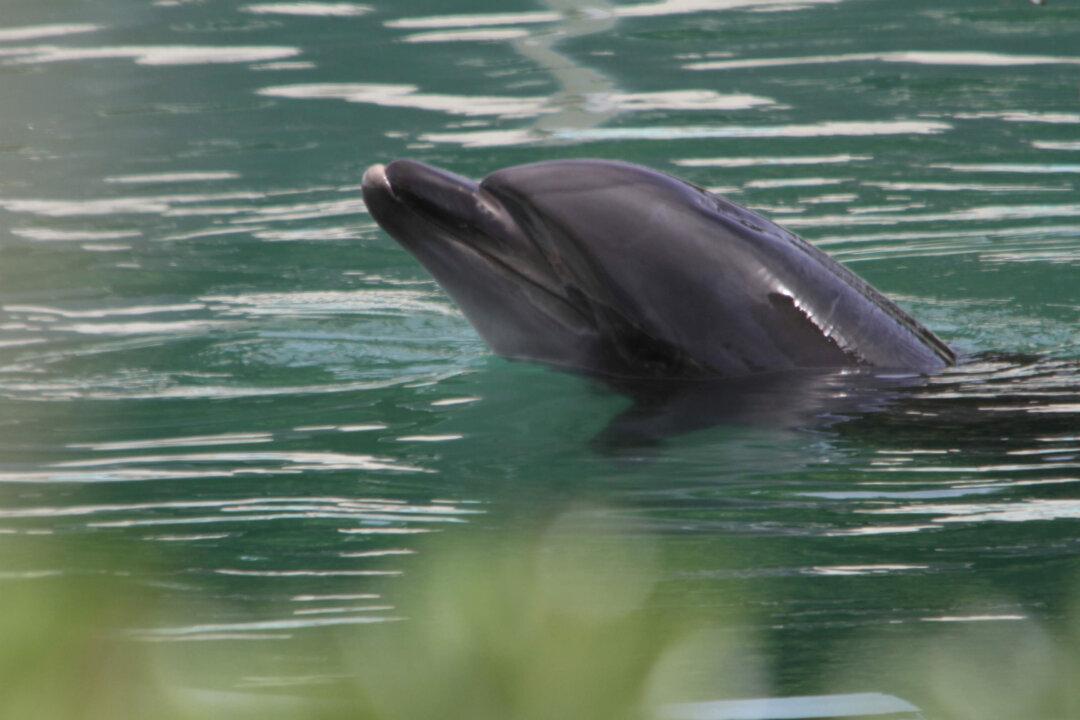About six months ago, an orca carried the body of its dead calf for weeks, capturing the world’s attention.
The bottlenose dolphin has been carrying the calf on its back in waters near New Zealand’s Bay of Islands.


About six months ago, an orca carried the body of its dead calf for weeks, capturing the world’s attention.
The bottlenose dolphin has been carrying the calf on its back in waters near New Zealand’s Bay of Islands.